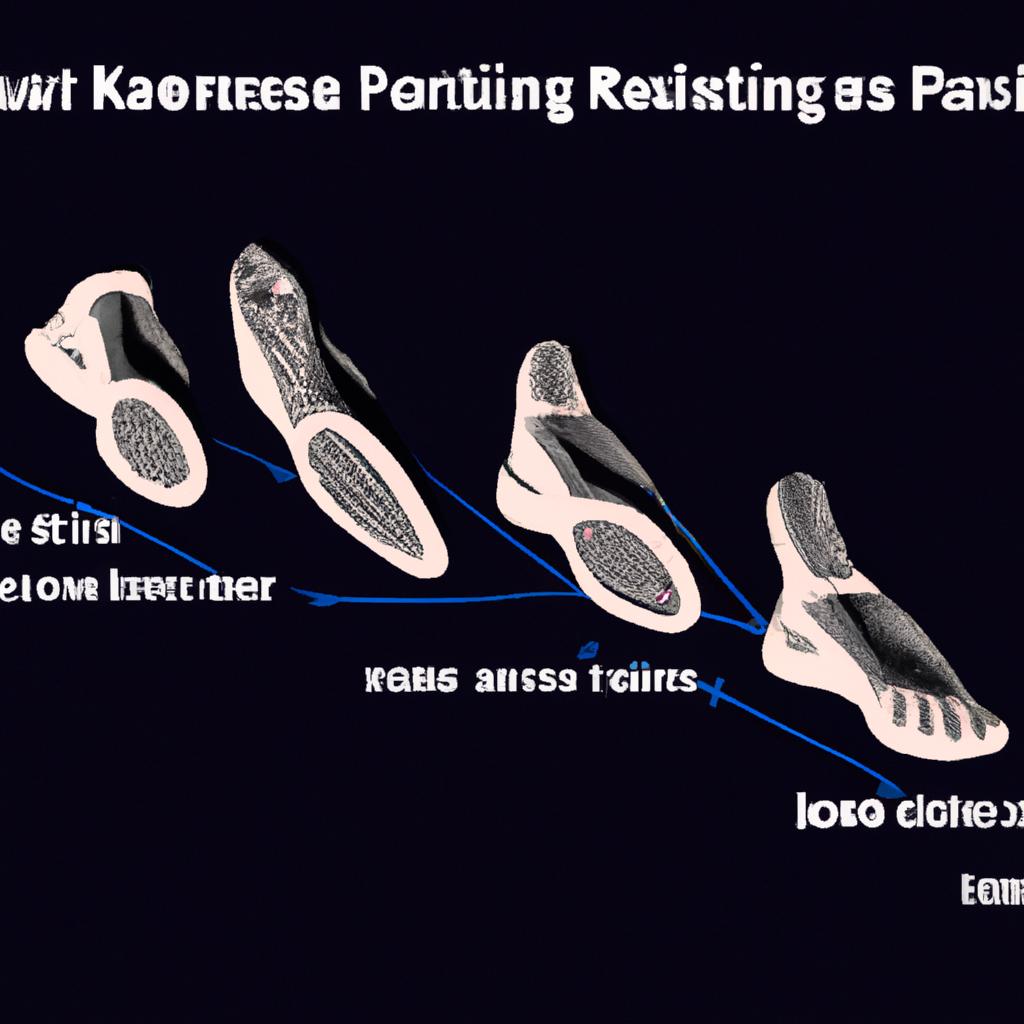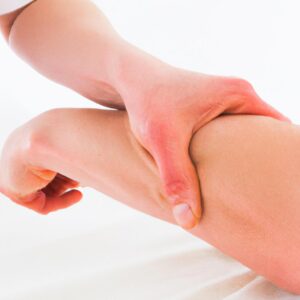Analyzing Footstrike Patterns: How Your Running Form Can Prevent Injuries and Enhance Performance
# Analyzing Footstrike Patterns: How Your Running Form Can Prevent Injuries and Enhance Performance
Running is one of the most popular forms of exercise, offering numerous physical and mental benefits. However, many runners overlook a critical aspect of their performance: footstrike patterns. Analyzing how your foot strikes the ground can not only prevent injuries but also enhance your overall running performance. In this blog post, we will delve into the different types of footstrike patterns, their implications on your running form, and how you can optimize your running technique for a healthier and more efficient experience.
## Understanding Footstrike Patterns
### What Are Footstrike Patterns?
Footstrike patterns refer to the way your foot makes contact with the ground during running. There are three primary types of footstrike: heel strike, midfoot strike, and forefoot strike. Each pattern has its own set of advantages and disadvantages, impacting your running efficiency and susceptibility to injuries.
### Heel Strike
Heel striking occurs when the heel of your foot makes contact with the ground first. This is one of the most common footstrike patterns, particularly among recreational runners. While it may provide stability, heel striking can lead to increased impact forces that travel up the leg, potentially resulting in injuries such as shin splints and knee pain.
### Midfoot and Forefoot Strike
In contrast, midfoot striking involves landing on the middle of the foot, while forefoot striking means landing on the balls of your feet. Both of these patterns tend to absorb shock more effectively, allowing for a smoother transition and potentially reducing the risk of injury. However, transitioning to these styles may require time and practice, especially for those accustomed to heel striking.
## Nutrition Tips
To complement your running form and footstrike analysis, it’s essential to pay attention to your nutrition. Proper fueling will not only enhance your performance but also aid in recovery and injury prevention.
### Hydration Matters
Staying hydrated is crucial for all athletes, especially runners. Dehydration can lead to decreased performance and an increased risk of injury. Aim to drink water regularly throughout the day and consider electrolyte-rich beverages during longer runs.
### Balanced Diet
A balanced diet rich in carbohydrates, proteins, and healthy fats will provide the energy necessary for optimal performance. Carbohydrates are particularly important for fueling your runs, while protein helps repair muscle tissue post-exercise. Incorporate whole grains, lean proteins, fruits, and vegetables for a well-rounded approach.
## Exercise Advice
Improving your running form and footstrike patterns can be facilitated through specific exercises. Here are some recommendations to enhance your running technique.
### Strength Training
Incorporating strength training into your routine can improve your overall running form. Focus on exercises that strengthen the lower body, including squats, lunges, and calf raises. Stronger leg muscles will help you maintain proper alignment and reduce the risk of injury.
### Flexibility and Mobility
In addition to strength, flexibility is key in maintaining proper running form. Stretching exercises, yoga, or mobility drills can enhance your range of motion, allowing for a more natural footstrike. Pay particular attention to your calves, hamstrings, and hip flexors, as tightness in these areas can affect your running mechanics.
## Health Benefits
Analyzing your footstrike patterns and making adjustments can lead to various health benefits, both physical and mental.
### Injury Prevention
By understanding and optimizing your footstrike, you can significantly reduce the likelihood of common running injuries. This is particularly important for long-distance runners, who are more susceptible to overuse injuries.
### Enhanced Performance
Improved running form leads to increased efficiency, allowing you to run faster and longer with less effort. A proper footstrike can also enhance your overall endurance, making running a more enjoyable and rewarding experience.
### Mental Well-being
Running is not just about physical health; it also has profound effects on mental well-being. Improved performance and reduced injuries can lead to greater enjoyment of the sport, boosting your motivation and mental resilience.
## Conclusion
In conclusion, analyzing your footstrike patterns is essential for preventing injuries and enhancing your running performance. By understanding the different types of footstrike, adopting a balanced nutrition plan, and incorporating strength and flexibility exercises, you can optimize your running form for a healthier and more efficient experience. Making these adjustments will not only help you achieve your running goals but also contribute to your overall well-being.















Post Comment